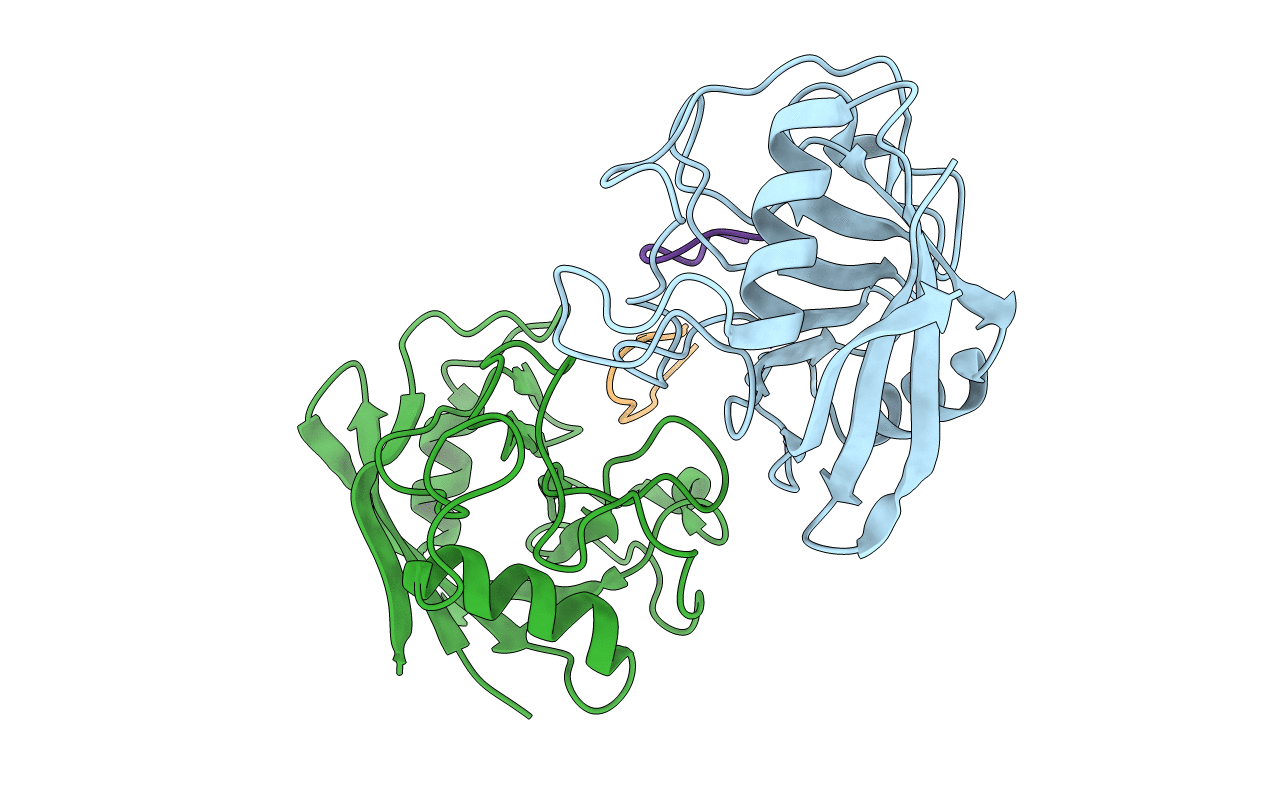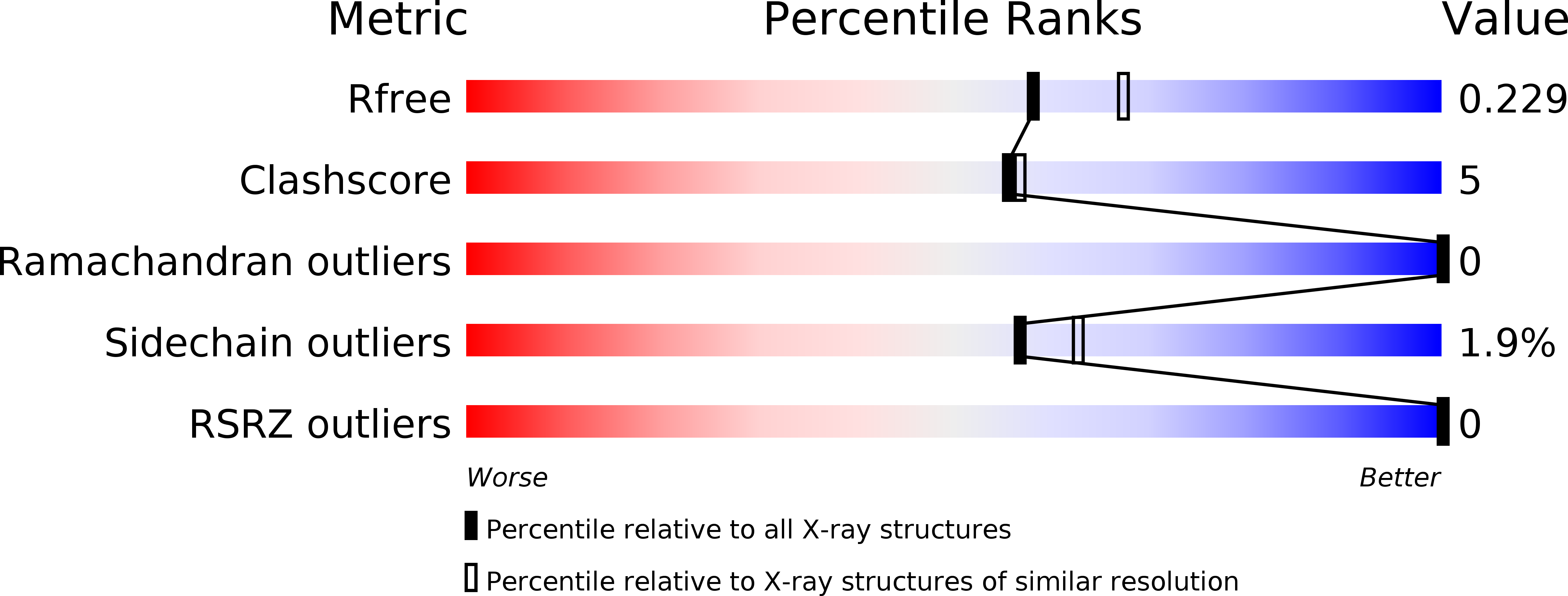
Deposition Date
2013-03-08
Release Date
2013-06-12
Last Version Date
2023-12-06
Entry Detail
PDB ID:
4JJM
Keywords:
Title:
Structure of a cyclophilin from Citrus sinensis (CsCyp) in complex with cyclosporin A
Biological Source:
Source Organism:
Citrus sinensis (Taxon ID: 2711)
Tolypocladium inflatum (Taxon ID: 29910)
Tolypocladium inflatum (Taxon ID: 29910)
Host Organism:
Method Details:
Experimental Method:
Resolution:
2.09 Å
R-Value Free:
0.22
R-Value Work:
0.18
R-Value Observed:
0.18
Space Group:
P 32 2 1


